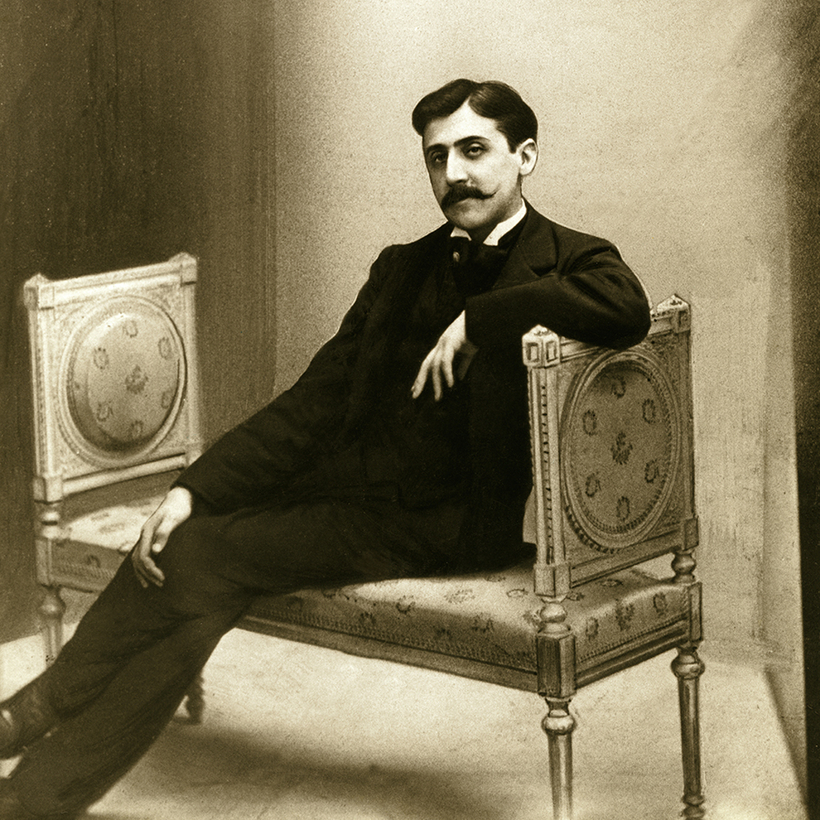The missing work has been the subject of rumors among Parisian academics for decades. Some never stopped searching for it, others doubted its existence and many nourished a hope that it would help them to understand Marcel Proust, probably the most complex French writer of the 20th century.
Now Gallimard, a publishing house, has disclosed that long-lost work, entitled 75 Pages, does exist and will be published next month. It was discovered in bundles of old documents.
In an announcement that has sent scholars into a state of rare agitation, it described the book as the Proustian grail and a literary legend that had only ever been mentioned in public once before, by Bernard de Fallois, a publisher. He referred to 75 Pages in a preface for Jean Santeuil, another work which Proust refused to publish in his lifetime and which was finally brought out by de Fallois in 1954.

The reference produced much excitement in literary circles at the time but de Fallois never published it and never said where it was. Many critics came to believe that he had made up his claim and that the work had been long since destroyed, if indeed it had been written at all.
But when de Fallois died in 2018, he left his archives to the National Library of France and, hidden among the piles of documents were two unpublished works left to de Fallois by Suzy Mante-Proust, the author’s niece, in 1949.
The first, The Mysterious Correspondent: New Stories, was published in 2019, but the excitement seems even greater for 75 Pages, which was written in 1908, 14 years before he died aged 51.
Some never stopped searching for it, others doubted its existence and many nourished a hope that it would help them to understand Marcel Proust.
Officially it is being described as a collection of separate writings, although Gallimard said that when put together they read like the outline of an early novel that facilitated comprehension of Proust’s development.

Jean-Claude Perrier, a literary critic who is among only a handful of specialists to have read the text, which will appear on March 18, said that it helped in particular to explain the construction of Remembrance of Things Past, Proust’s seven-volume masterpiece published between 1913 and 1927.
“Remembrance aficionados and all Proustologues will rejoice,” Perrier wrote in Livres Hebdo, the literary weekly that is to publish a review of the work later this month.
One small extract that has already emerged translates as: “My grandmother, her greying hair in the wind, continued her fast and solitary walk in the alleys because she thought that we are in the countryside to get some air and that it is a shame not to make the most of it.”
Like James Joyce’s Ulysses, which was published in 1922, Remembrance of Things Past is considered to be a summit of 20th century literature, although also a challenge for readers needing to maintain a high level of concentration to follow the narrator through a journey of recollection, most famously when a madeleine cake given to him by his aunt has him reminiscing about his childhood.
Perhaps more than any other modern French novel, it has given rise to debate among specialists seeking to explain how Proust managed to transform the diverse strands of human memory into a definitive work of art.
Gallimard said 75 Pages would help understanding of Remembrance of Things Past, since it featured some of the same characters and scenes.
“Through the reading keys that the writer seems to have left there, [it] gives access to the primitive Proustian crypt,” Gallimard said.
Adam Sage is a longtime Paris correspondent for The Times of London

